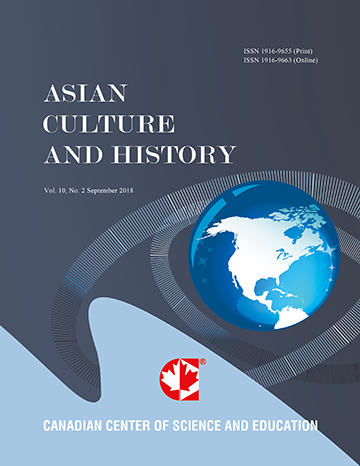Ethno Literary Identity and Geographical Displacement: Liu Na'ou's Chinese Modernist Writing in the East Asian Context
- ying xiong
Abstract
In the course of his short literary life, Liu Na'ou travelled across four geographical areas: Taiwan, Japan, Shanghai and Beijing, as well as five cultural domains: Taiwanese, Japanese, French, English and Chinese. The transnational facet of Liu's modernist writing is not merely literary or cultural but political and historical. The earliest modernist writing in China was initiated on the basis of the colonial experience of Taiwan and the semi-colonial modernity of Shanghai. It became a “contact zone” in which various cultural and political influences to contest with each other, signaling a process of power shifting in East Asia in the early 20th century. This article aims to reflect on theoretical issues ranging from nationalism, cosmopolitanism, colonialism and semi-colonialism, to the colonial modernity of East Asia, drawing upon Liu's modernist writings in 1928.
- Full Text:
 PDF
PDF
- DOI:10.5539/ach.v3n1p3
Journal Metrics
Google-based Impact Factor (2017): 5.42
h-index (January 2018): 11
i10-index (January 2018): 21
h5-index (January 2018): 6
h5-median (January 2018): 9
Index
- Academic Journals Database
- CNKI Scholar
- COPAC
- EconPapers
- Elektronische Zeitschriftenbibliothek (EZB)
- Excellence in Research for Australia (ERA)
- Genamics JournalSeek
- Google Scholar
- Infotrieve
- LOCKSS
- MIAR
- NewJour
- Open J-Gate
- PKP Open Archives Harvester
- Publons
- RePEc
- Scilit
- SHERPA/RoMEO
- Standard Periodical Directory
- Technische Informationsbibliothek (TIB)
- The Keepers Registry
- Universe Digital Library
- WorldCat
Contact
- Ivan YongEditorial Assistant
- ach@ccsenet.org
